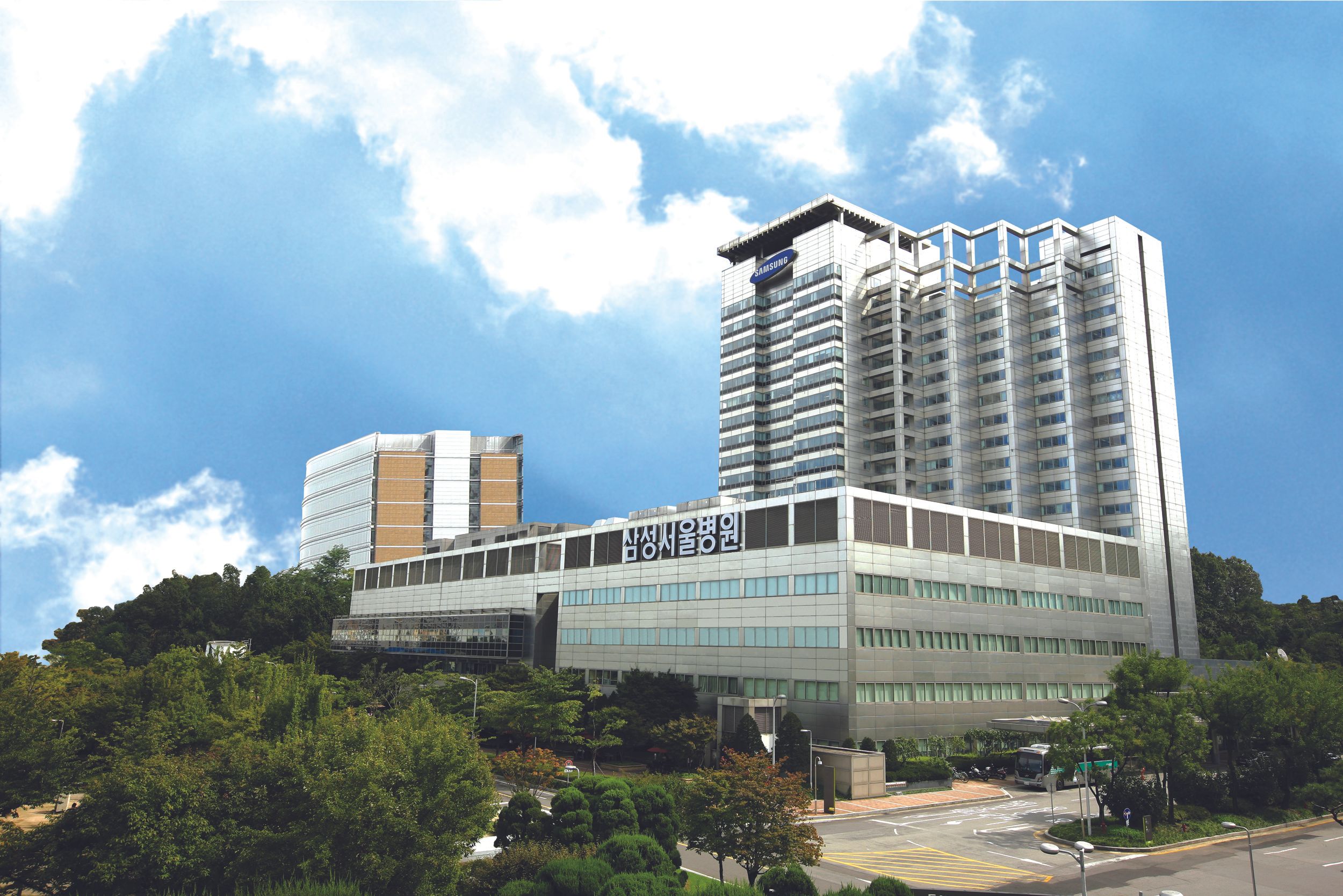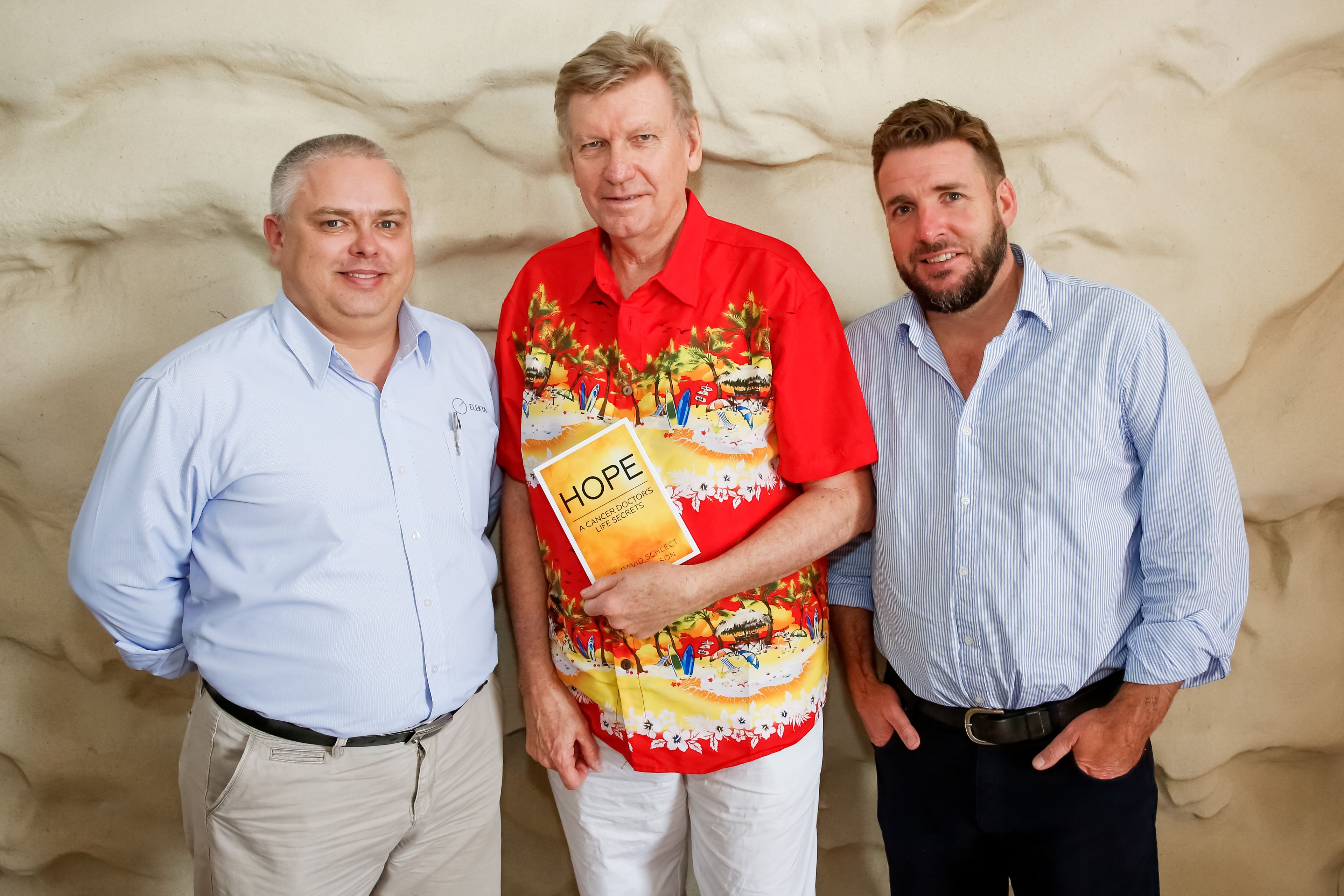Patients benefit from Icon at Samsung Medical Center

Korean clinic’s Gamma Knife Icon maintains busy schedule; adds hundreds of new patients
HIGHLIGHTS
- Since 2002, Samsung Medical Center has treated 9,395 patients with Gamma Knife models B, C, Perfexion and Icon.
- From January 2016 to April 2017, Icon has been used in 1,220 cases.
- At SMC, frameless, multi-session radiosurgery with Icon is typically for patients with an overly large metastasis or a lesion too close to a critical structure, such as the optic chiasm.
Among the world’s most prolific users of Leksell Gamma Knife® Icon™, Samsung Medical Center (SMC, Seoul) has set an industrious pace of about 18 patient treatments per week since the system was installed in January 2016. SMC’s Icon – Korea’s first – joined the clinic’s existing Leksell Gamma Knife® Perfexion™ program and quickly took on the vast majority of cases, many of which require the gentler touch of lower therapeutic doses delivered over multiple sessions with frameless immobilization using a mask.

“We acquired Icon to manage our increasing case burden and to provide our patients with the option of frameless, fractionated Gamma Knife radiosurgery,” says Jung-Il Lee, MD, Professor in SMC’s Department of Neurosurgery. “In 2015, we used Perfexion in 825 cases. By the end of 2016, the patient volume had shifted to Icon dramatically with 819 Icon cases and 204 Perfexion cases. And, during the first 16 months of use, approximately 20 percent of the Icon case volume was frameless treatments, divided virtually equally between single session and fractionated treatments.”
The frameless multi-session Icon cases typically are those in which a high-dose, single fraction treatment is contraindicated, such as metastases and lesions too close to critical structures, most commonly the optic apparatus, Prof. Lee notes. Sometimes, however, either frame-based or frameless radiosurgery is feasible, giving the physicians the freedom to choose immobilization depending on the case and patient’s need.
“At SMC, brain mets comprise almost 60 percent of Gamma Knife radiosurgery cases and one-third of these patients have to undergo repeat radiosurgery to treat new lesions,” he says. “Many want to avoid repeat application of the frame because it was uncomfortable in their opinion. So, they opt for treatment using the mask [see BOX].”
Another group of Icon patients are those who have been redirected from treatment on one of SMC’s four linear accelerators.
“We don’t know the exact number, but I estimate that 10-15 percent of our current patients were referred away from linac-based radiotherapy,” Prof. Lee says.
Tailor-made for fractionation
Since its installation until April 2017, SMC had used Icon to deliver frameless, fractionated (i.e., 2-5 fractions) radiosurgery for 129 cases or just over half of the frameless cases. In 123 cases, either three fractions (n = 59) or four fractions (n = 64) were used. Representative cases include:
Metastases from NSCLC, 80-year-old male, 2 lesions
Volume: 0.1 cc and 21 cc
Dose: 8 Gy at 50%, 3 fractions to GTV
Pituitary adenoma, 74-year-old female, s/p TSA
Volume: 9.3 cc
Dose: 5 Gy at 50%, 4 fractions to avoid optic nerve injury
Resection cavity of metastasis, 65-year-old male, Rt. Frontal
Volume: 31 cc
Dose: 6 Gy at 50%, 4 fractions
“Typical examples of single-fraction frameless treatments are metastases, usually with a single lesion and small volume, and, for example, a small meningioma located in non-eloquent cortex, such as the falx cerebri,” Prof. Lee observes.
In some multi-session situations – such as the treatment of multiple metastases with a mix of small and large lesions – physicians have the flexibility to use both frame and mask fixation or to use frameless immobilization only throughout the patient’s treatment course.
“In a two-lesion example, we would give a high dose to the small lesion and fractionated low dose to the large lesion in the first session, he explains. “The treatment of the small lesion is thereafter finished. Then re-planning is done excluding the small lesion and only the large lesion is irradiated from the second session until the last session. The frame may be used only for the first session or the mask may be used from the beginning. When there are multiple small lesions suitable for single-session radiosurgery, the frame is preferred for the first session.”
In any Icon radiosurgery treatment in which frameless immobilization is used, Prof. Lee has benefited from the system’s high-definition motion management system, which monitors the patient’s head position via infrared tracking of markers. If the patient moves his head such that it exceeds a specified safety threshold, beam delivery automatically stops. At SMC, these thresholds are 1.5 mm for fractionation of malignant tumors, 1.0 mm for fractionation of benign tumors or single-session treatment of malignant tumors, and 0.5 mm for single-session treatment of benign lesions.
“The mean beam-on time is 23.6 minutes – a range of 4.2 minutes to 54.1 minutes in our series,” Prof. Lee notes. “The mean frequency of CBCT re-scanning due to patient motion is 0.38 per patient. The mean frequency of CBCT re-scanning per fraction is from 0.4 [fractionation] to 0.37 [single-session].”
Looking back, looking ahead
Well into SMC’s second year of Icon use, Prof. Lee and his colleagues have noticed that the case mix hasn’t changed substantially in the first full year of Icon use (see Table 1).
“The long term trend is a definitely increasing percentage of patients with metastases among the total cases since we began Gamma Knife radiosurgery in 2002,” he observes. “Mets comprised 26 percent of the total cases in 2002 and it is almost 60 percent this year. With Icon, we’re doing more radiosurgery for large mets and I think post-surgical pituitary adenoma is a very promising indication that will increase in the near future.”2015 (Perfexion):
- Mets (477 cases, 57.8%)
- Meningioma (124 cases, 15%)
- Acoustic Schwannoma (59 cases, 7.2%)
- AVM (39 cases, 4.7%)
- Glial tumor (35 cases, 4.2%)
- Pituitary adenoma (22 cases, 2.7%)
2016 (Icon & Perfexion):
- Mets (587 cases, 57.4%)
- Meningioma (139 cases, 13.6%)
- Acoustic Schwannoma (63 cases, 6.2%)
- AVM (39 cases, 3.8%)
- Glial tumor (36 cases, 3.5%)
- Pituitary adenoma (51 cases, 5%)
Patient survey reveals popularity of frameless radiosurgery
SMC conducted a patient satisfaction survey that, among other things, asked patients’ opinions on Gamma Knife radiosurgery using frameless versus treatment with the traditional frame. One-hundred-fifty-eight patients in each group were surveyed; 96 percent of those who received mask treatments expressed satisfaction with the procedure, while 63% of patients treated with frame-based immobilization responded that the treatment was “tolerable and satisfactory.”
“Though I explain the pros and cons of the mask compared to the frame, I rarely let the patient choose the option,” Prof. Lee notes. “Usually I tell them which option I prefer. If I tell them both options are equivalent in safety and efficacy, 90 percent of them will choose the mask.”



